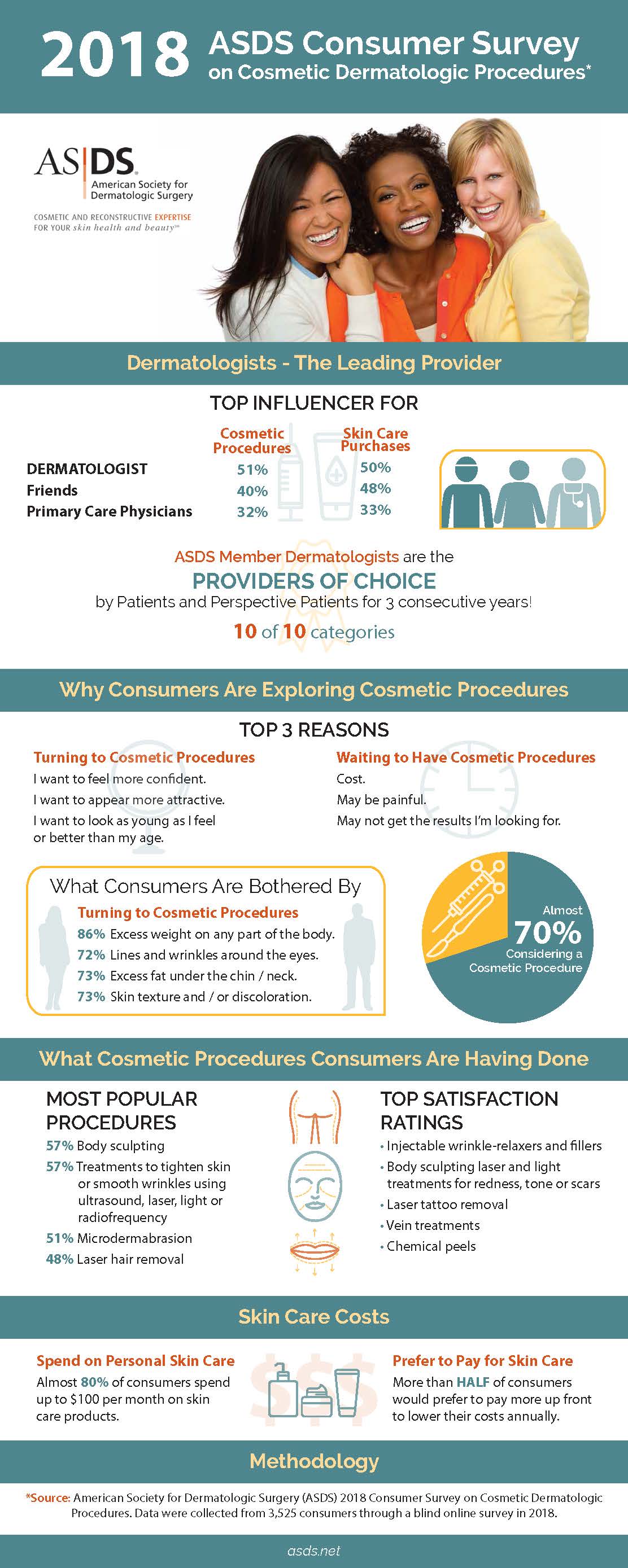How To Use Retinoids For Acne
How To Use Retinoids For Acne
Blog Article
Hormone Acne - What is Hormonal Acne?
Hormone acne is identified by clogged up pores and oily skin that normally appears on the chin and jawline. It occurs when hormone modifications set off inflammation and microbial overgrowth within hair follicles.
Breakouts may appear as whiteheads, blackheads, papules or pustules and cysts or blemishes in a lot more extreme situations. It is a lot more typical in teenagers undergoing the age of puberty yet can influence grownups of any type of age.
What Triggers Hormone Acne?
While acne can be triggered by a range of aspects, consisting of making use of hair and skin treatment items that aren't oil-free or made with active ingredients that can block pores, hereditary tendency, diet plan,2 and tension, the source is changing hormones. Hormonal acne occurs when the body experiences hormonal changes and variations that bring about an overflow of sebum, which creates swelling, boosted development of germs and changes in skin cell activity.
Hormonal acne is often found on the reduced jawline, cheeks and neck yet can show up anywhere on the body. It is defined by acnes that are cystic, agonizing and full of pus or other material. It is also more likely to take place in females than guys, particularly during puberty, the menstruation, maternity or menopause.
Age
While lots of youngsters experience acne at some point during the age of puberty, it can remain to pester adults well into the adult years. Called hormone acne, this type of breakout is linked to changes in hormones and is generally most common in females.
Hormone acne happens when oil glands produce too much sebum, which obstructs pores and catches dead skin cells. This results in the formation of imperfections, such as whiteheads, blackheads and papules, pustules, cysts or blemishes, deep under the surface.
This type of blemish usually creates discomfort, redness and swelling. It might likewise be cyclical and show up around the exact same time skin care with deinoxanthin each month, such as right prior to your duration starts. This is because degrees of female hormones like progesterone and oestrogen rise and fall with each menstruation.
Menstrual Cycle
Hormonal acne commonly appears in the lower part of your face, along the jawline and cheeks, as whiteheads, blackheads or inflammatory acnes (pimples and cysts). It's most likely to show up around the time when your menstruation modifications.
Especially around ovulation, when estrogen and progesterone degrees are on the rise, hormonal agent changes can cause outbreaks. But it's also feasible to obtain acne at any factor during your 28-day menstruation.
If you observe that your hormonal acne flare right before your period, attempt observing when exactly this takes place and see if it associates with the phases of your 28-day menstruation. This will aid you identify the root causes of your skin difficulties. For example, you might wish to work with stabilizing your blood sugar and removing high-sugar foods, or consider a prescription drug like spironolactone that can control your hormonal agents.
Pregnancy
Growing an infant is a time of dramatic hormone changes. For several women, this consists of a flare-up of hormonal acne. This sort of breakout commonly begins in the initial trimester, around week six. It's brought on by hormone rises that stimulate sweat glands to make more oil, which can obstruct pores and cause even more bacteria to accumulate.
Breakouts might also happen as a result of pre-existing problems like polycystic ovary syndrome, which can additionally be an issue while pregnant and menopause. Also, some sorts of birth control pills (such as Ortho Tri-Cyclen and YAZ) can activate hormonal acne in some ladies.
Thankfully, a lot of acne therapies are "no-go" for pregnant ladies (consisting of prominent acne-fighting active ingredients such as isotretinoin and spironolactone). But if you can not avoid those frustrating bumps, your doctor may suggest oral erythromycin or cephalexin, which are secure during pregnancy.
Menopause
As ladies come close to menopause, the estrogen levels that triggered their hormonal agent acne to flare up throughout the age of puberty begin to maintain and decrease. At the same time, nevertheless, a spike in androgens (additionally known as male hormones) takes place because these hormones can not be exchanged estrogen as efficiently as previously.
The unwanted of androgens can set off oil manufacturing by the sweat glands, which clogs pores. When the stopped up pores come to be inflamed and inflamed, an acne kinds.
Hormonal acne is usually seen on the face, specifically around the chin and jawline, but it can happen on the neck, back, shoulders, or upper body. This sort of acne tends to flare in an intermittent pattern, similar to the menstrual cycle. Anxiety, which raises cortisol and throws hormones out of balance, additionally adds to the breakouts.